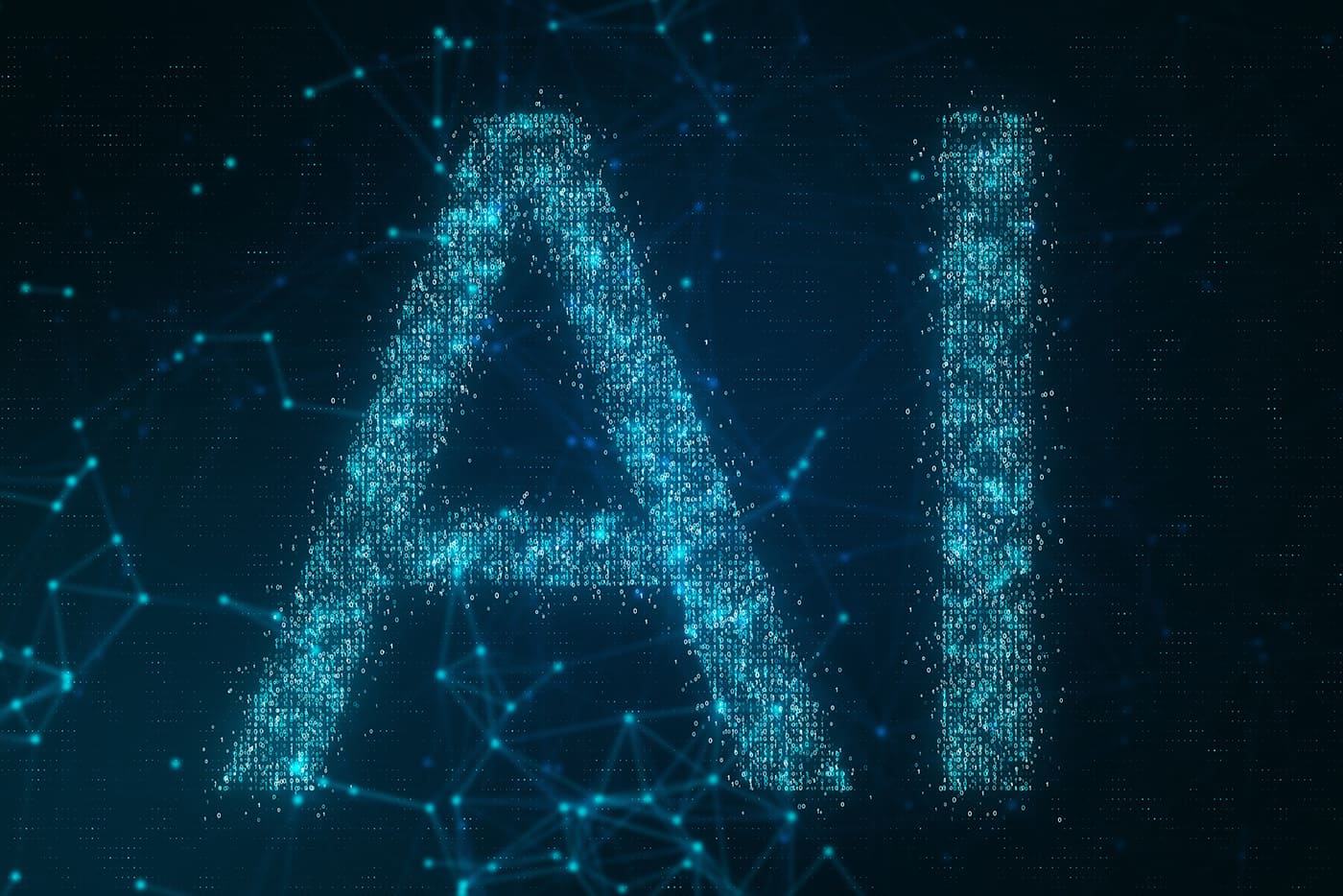The 10 Best Examples Of Low-Code And No-Code AI
4 January 2023
Artificial intelligence (AI) can transform just about any business – from providing customers with products and services they really want to streamlining internal processes.
The barriers to entry can seem intimidating, however, from investment in infrastructure to training and recruiting the skilled workforce needed to put everything together.

This is why the emergence of a new generation of no-code/low-code AI tools and platforms is so exciting. Today, if you know where to look, then just about anyone can dive in and start creating applications that leverage machine learning in innovative ways. From designing web services and customer-facing apps to coordinating sales and marketing campaigns, it’s easier than ever to get started with AI.
What is low-code/ no-code AI?
These terms are simply used to refer to tools that allow anyone to create AI applications without having to get their hands dirty writing technical code. AI can be useful to anyone in just about any job – from doctors and lawyers to marketers, teachers, and project managers. Many of these people will not have the technical skills needed to write code or the spare time to learn them.
No-code/ low-code solutions typically operate in one of two ways: Either via a drag-and-drop interface, where users simply choose the elements they want to include in their application and put them together using a visual interface, or through a wizard, where users answer questions and select options from drop-down menus.
If you already know how to code, it’s often possible to tweak and fine-tune the results in order to create applications that operate in a more specific way. So some basic knowledge of the structure and syntax of computer code is always helpful!
Here’s an overview of some of the tools on the market which aim to open up the AI revolution to everybody. Some of these are designed for people with no experience whatsoever, while some are most useful for people who already have a background in ML but want to reduce the tedious and routine element involved with preparing data and designing algorithms.
Amazon SageMaker
Amazon has extensive experience building and deploying ML models into consumer-facing use cases, and SageMaker aims to let anyone take advantage of that expertise. It’s easy to leap straight in using SageMaker Jumpstart, which gives users a selection of templates for the most popular types of ML apps that businesses are likely to benefit from.
Akkio
This service promises to let you start deploying AI in 10 minutes without any coding or data science skills. It enables the creation of AI-powered workflows with a focus on enabling them to be quickly deployed and assessed. It also boasts a strong suite of integrations, including industry-standard data platforms like Snowflake and marketing tools like Hubspot and Salesforce.
Apple CreateML
Apple's solution offers simple drag-and-drop functionality that makes it simple to create iOS applications involving recommendation, classification, image recognition, and text processing. Data can be collected using your iPhone camera and microphone, and if you have a Mac computer with a GPU, you can use its power to speed up and enhance the training process.
DataRobot
This is another cloud-based platform that offers tools to automate data prep as well as building and deploying algorithms, with dedicated models for industrial use cases ranging from banking and retail to healthcare, manufacturing, and public sector bodies. One interesting feature is its focus on explainable AI, which aims to inspire trust in the insights and decisions it produces by making its methods understandable to humans.
Google AutoML
Ok, so Google’s first no-code AI solution isn't for complete beginners, as some understanding of ML is recommended. But users can get started with a simple graphical interface and jump straight into experimenting with its computer vision and natural language processing capabilities. Everything runs in Google Cloud, so it will be familiar to anyone who has used other Google productivity tools.
Google Teachable Machine
Teachable Machine is possibly even more beginner-friendly than AutoML, with simple, straightforward tutorials that can guide you through the process of training algorithms to classify and categorize data – one of the most elementary use cases for ML and AI. Perhaps most useful as a teaching aid for getting to grips with the basics before jumping into one of the other platforms more aimed at creating operational applications.
Microsoft Lobe
A simple tool for training image recognition algorithms. Microsoft developed Lobe to enable users to get to grips with the basics, with a platform that automatically selects the models that are most likely to be successful depending on the user’s workload. No coding experience is required, and if users outgrow it, they can move on to Azure AI, Microsoft’s more advanced ML framework.
Nanonets
This is an AI platform specifically designed to automate and speed up the process of extracting structured or semi-structured data from documents. If your business spends time and money on costly and time-consuming processes involving importing data from forms, text documents and suchlike, this could be exactly what you are looking for. Thanks to its implementation of ML, it learns from its mistakes to become increasingly accurate at finding the information you need.
ObviouslyAI
Another platform that aims to let anyone simply plug in their data – in whatever format they happen to have it – and immediately start to reap the benefits of AI-powered analytics. It offers templates for time series analysis (predicting the value of variables at a given time based on known past performance), predicting churn, risk scoring, fraud detection, and identifying cross-selling opportunities.
PyCaret
This is a library for the programming language Python and, as such, requires a little more technical knowledge than some of the other tools listed here. It still classifies itself as low-code, though, as it provides a number of pre-configured functions and wrappers that vastly simplify the task of data preparation, analytics, and model training.
Related Articles
Is Autonomous Driving Ever Going To Happen?
By now, “smart” versions exist of just about every home appliance, gadget and gizmos we can think of. However, manufacturers continue[...]
AI And The End Of Progress? Why Innovation May Be More Fragile Than We Think
By now, “smart” versions exist of just about every home appliance, gadget and gizmos we can think of. However, manufacturers continue[...]
Dreamforce 2025: Why I’m Excited About Salesforce’s Agentic Enterprise Revolution
By now, “smart” versions exist of just about every home appliance, gadget and gizmos we can think of. However, manufacturers continue[...]
The Top 5 Technology Trends For 2026
By now, “smart” versions exist of just about every home appliance, gadget and gizmos we can think of. However, manufacturers continue[...]
The 7 Biggest Cyber Security Trends Of 2026 That Everyone Must Be Ready For
By now, “smart” versions exist of just about every home appliance, gadget and gizmos we can think of. However, manufacturers continue[...]
The 4 Myths Holding Back The AI Revolution, According To Nokia Bell Labs
By now, “smart” versions exist of just about every home appliance, gadget and gizmos we can think of. However, manufacturers continue[...]
Sign up to Stay in Touch!
Bernard Marr is a world-renowned futurist, influencer and thought leader in the fields of business and technology, with a passion for using technology for the good of humanity.
He is a best-selling author of over 20 books, writes a regular column for Forbes and advises and coaches many of the world’s best-known organisations.
He has a combined following of 4 million people across his social media channels and newsletters and was ranked by LinkedIn as one of the top 5 business influencers in the world.
Bernard’s latest book is ‘Generative AI in Practice’.










Social Media